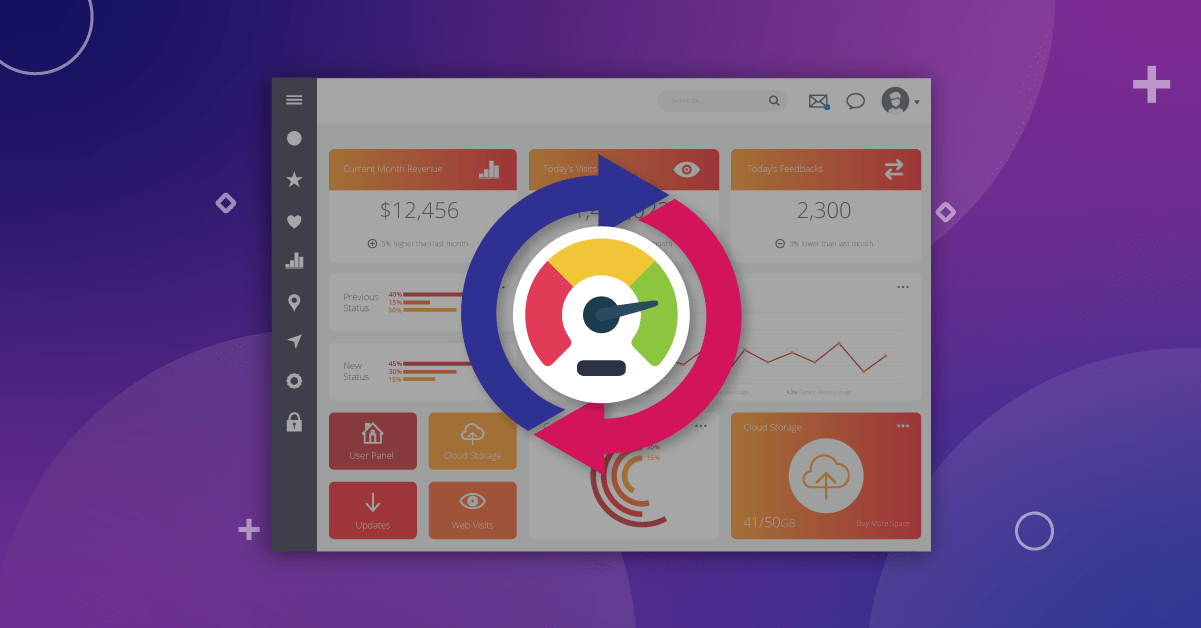Lire cet article en Français ![]()
10 Benefits of
Continuous Performance Testing

Ensure the best performance from the very beginning
Performance testing is an important part of the BI and Analytics report development process. Performance issues are usually detected late in the cycle and the fixes can be expensive. Developers make sure that the dashboard is working properly, but nobody monitors it over time until people complain about it. By implementing a continuous performance testing process in your project, you can be sure your dashboards are always available and performant. In this blog post, we’ll look at the role of continuous performance testing in a CI/CD pipeline and the benefits it will bring to your organization.
Automated Continuous Performance Testing
Continuous performance testing plays a key role in a CI/CD organization, particularly in the CD process which includes stress testing the platform and testing the dashboards for response times and availability. Automated performance testing allows you to in effect ‘fail fast’ and find slowdowns early on before the problem becomes too big and impacts the user experience. Once delivered to your users or to your customers, you must continuously monitor the performance of your dashboards and anticipate future slowdowns to always ensure the best user satisfaction and experience.
Benefits of carrying out continuous performance testing
If you haven’t yet put in place performance testing for your dashboards, it’s time to turn that around. Here are 10 benefits of putting continuous performance testing in place:
- It ensures an optimal user experience because if dashboards don’t perform as they should, users will be less likely to use them. The same applies when you provide embedded analytics and want to ensure a good customer experience.
- It finds performance discrepancies from a potential change in the data source or connection.
- You can easily see if there’s a sudden change in performance thanks to a performance index called Apdex. If you run your tests frequently, you will most likely be able to identify why and where the issue is coming from.
- Everything can be automated which eliminates the risks of manual testing and reduce TCO.
- The customer experience is improved and you empty your teams’ complaint box.
- It makes you set benchmarks to help determine when a test fails or passes.
- It implements reporting into the process because it provides proof to other teams why continuous performance testing is important and therefore creates a knock-on effect to increasing user adoption.
- It makes sure you’re meeting SLAs (service level agreements) where the dashboard is always performing as agreed.
- It means you no longer have to worry about what is in production because the tests are being repeatedly run and results appear in real-time so you can always see when the performance degrades or improves and rapidly identify from what filter for example.
- It relieves the burden on your developers or key users to do manual, incomplete, unreliable tests. Ask the machine.
Ensure The Best Performance Every Time
Performance testing has a lot of benefits, but the main one is that it makes it easier to find issues and improve the customer experience. By automating your tests and running them continuously, you can make sure that your BI & Analytics solution is always in good shape. And what’s more, you don’t even have to be an expert – there are continuous performance testing solutions out there that are easy enough for anyone who knows how to use a computer!
At Wiiisdom we provide automated testing no-code solutions for SAP BusinessObjects, Tableau, and Power BI – if you’re interested in understanding more about how this works, get in touch today.

